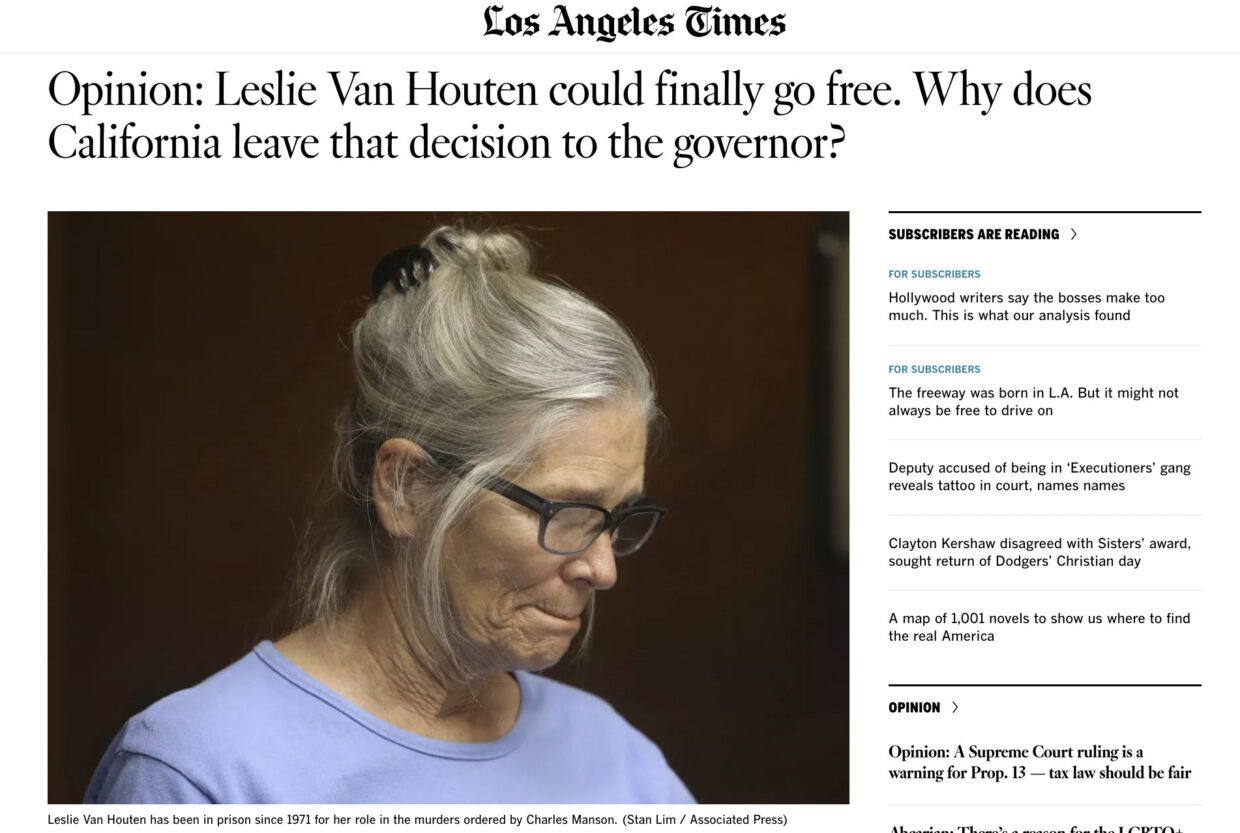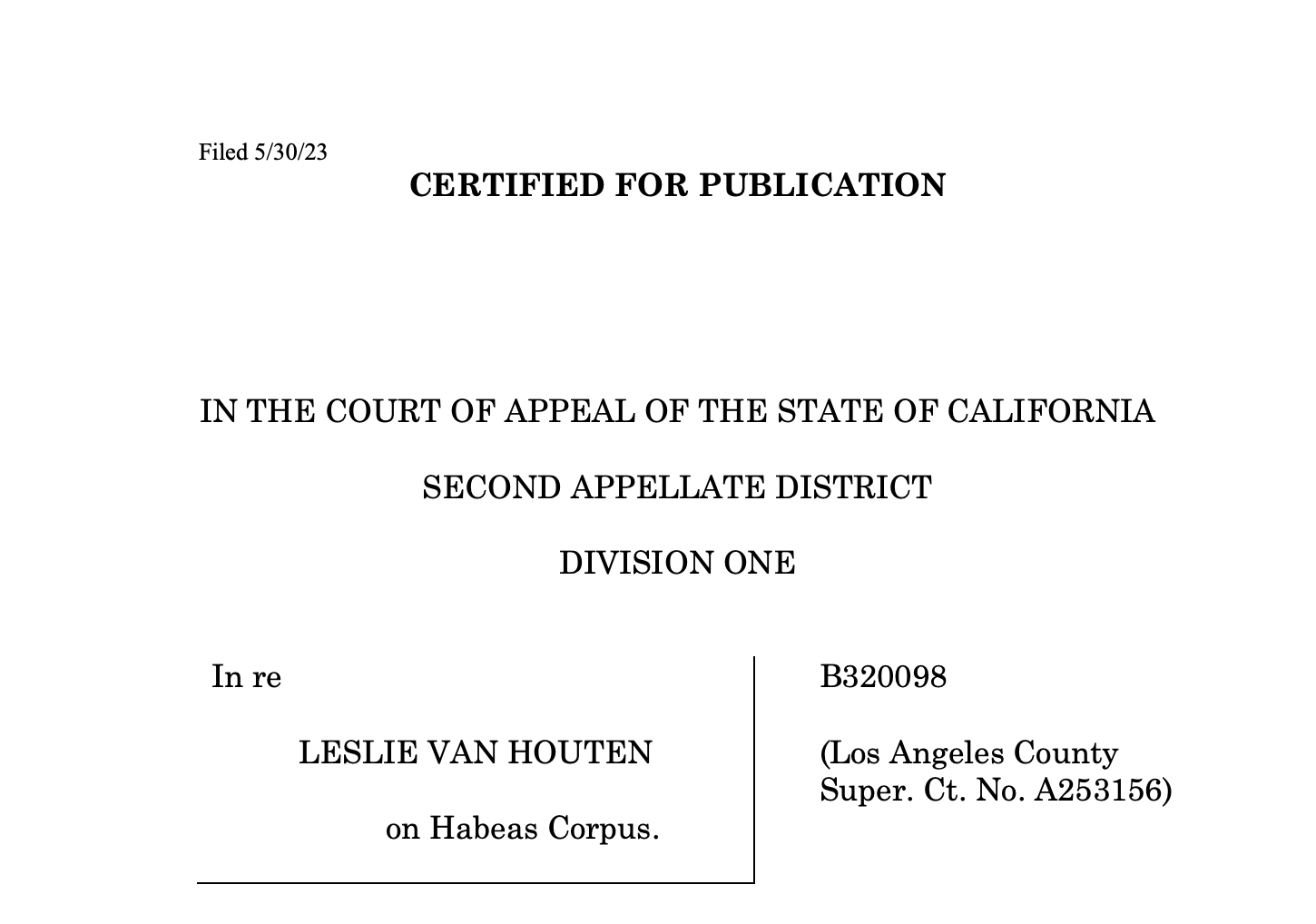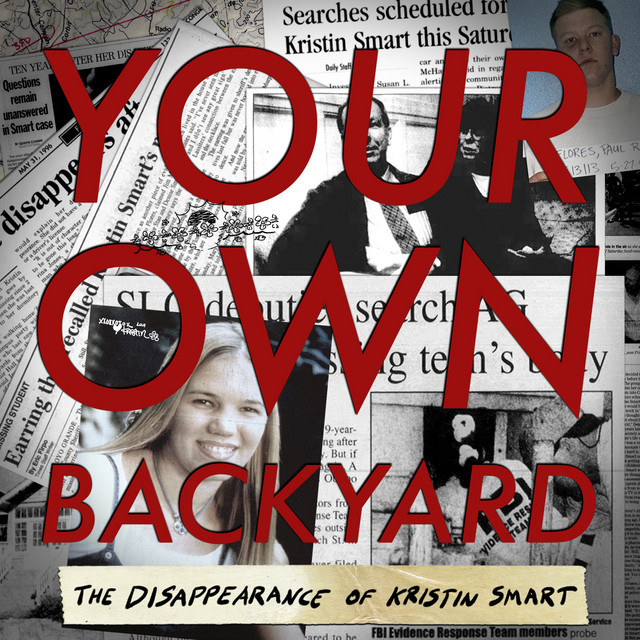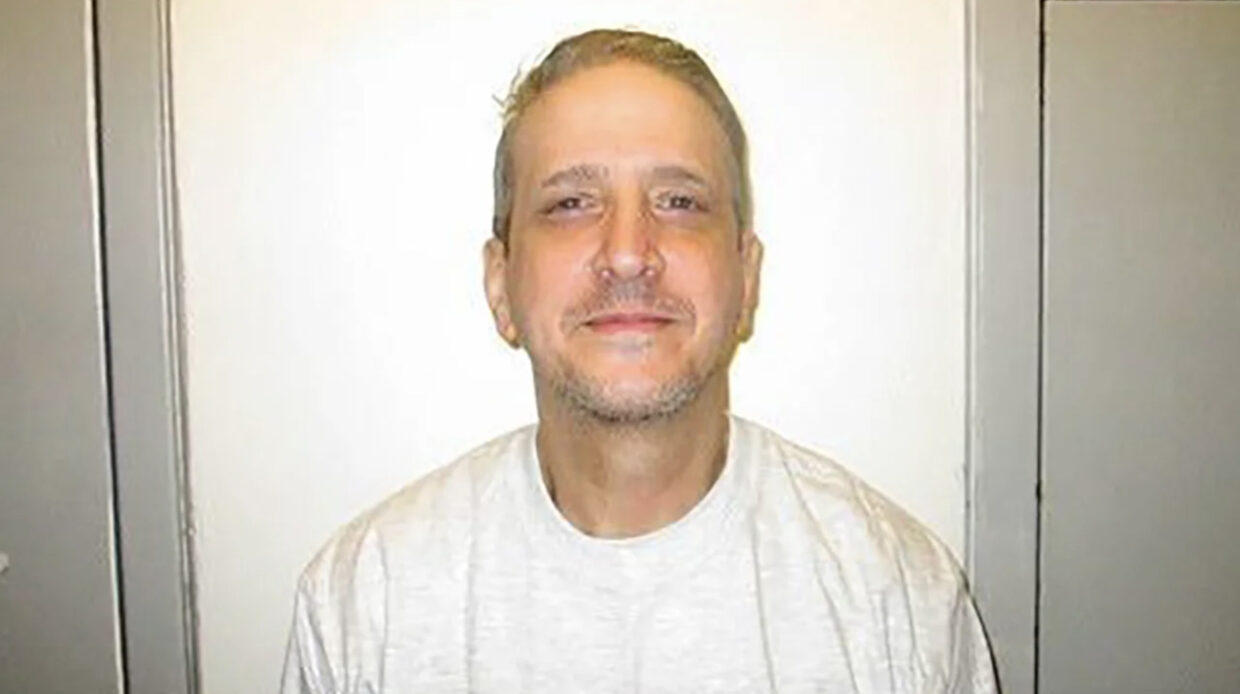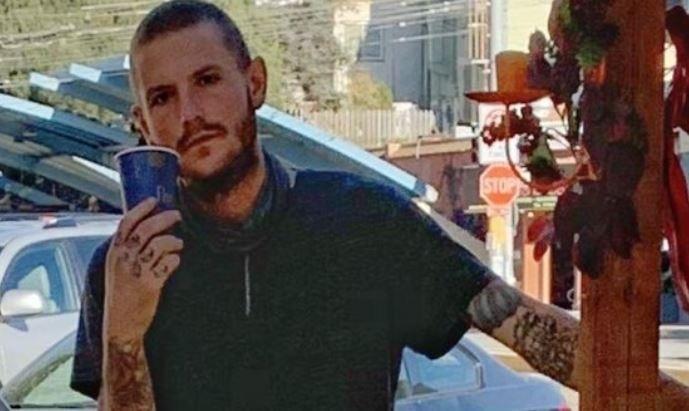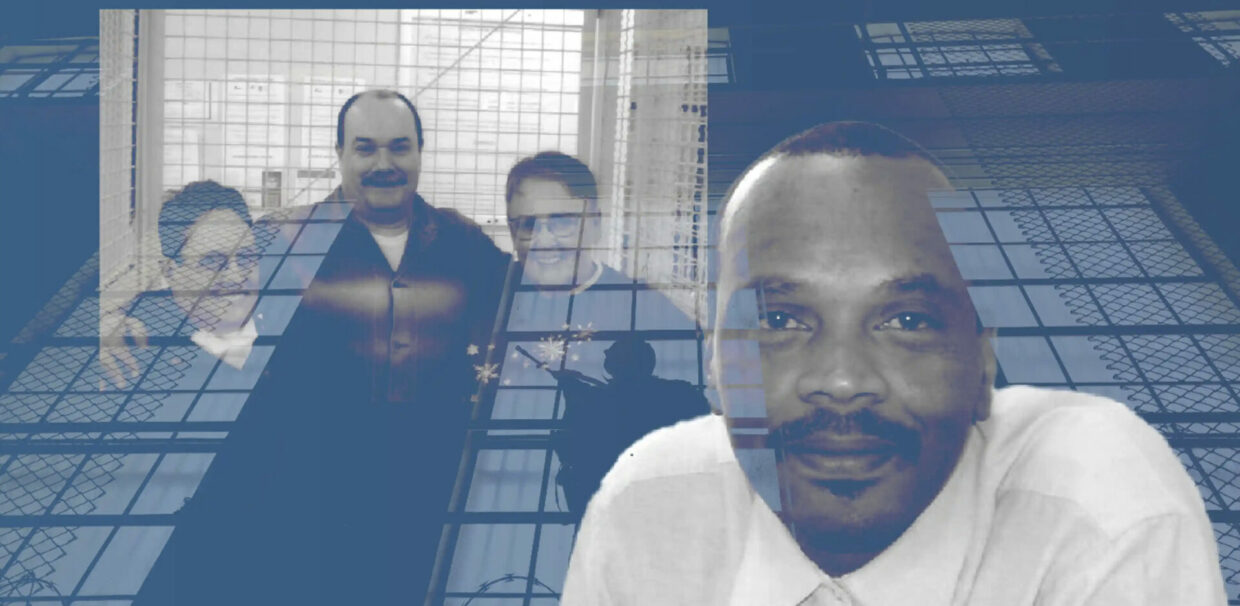Michal Kravel-Tovi, When the State Winks: The Performance of Jewish Conversion in Israel, New York: Columbia University Press, 2017
Mattir Agunoth (Television mini-series), Kan 11 (Yossi Madmoni, Tamar Kay, David Ofek, creators), 2019
***
The opening scene of Kan 11’s dramatic series Mattir Agunoth[1] feels more like a spy thriller than a drama about religion. The hero, Rabbi Yosef Morad, is conducting a wiretap in a hotel, monitoring a diamond purchasing deal. The buyer is enthralled by the diamond’s clarity and beauty; imagine his astonishment when, as soon as he makes an offer, the seller, an Ultra-Orthodox Jew, says, “sure, as soon as you give your wife a gett.” At that instant, Rabbi Morad bursts into the room, ktav gett in hand, explaining that the deal can go through only after the recalcitrant husband releases his wife. The buyer tears up the ktav gett; Morad, undeterred, produces a copy. Cut to a Rabbinical court, in which three rabbis and various witnesses watch Morad—now delegated the gerush authority by the husband—hands the gett to the elated wife. She is finally free. The rabbis chant in unison: “Megoreshet, megoreshet, megoreshet!”, and then burst into joyous congratulations: “Mazal tov!”
In any secular, modern country, the position of a mattir agunoth – part rabbi, part psychologist, part private eye, entrusted with the authority and resources to pursue deadbeat husbands and persuade them, gently or not-so-gently, to grant their wives a divorce—would be entirely unnecessary. But in Israel, all matters of marriage and divorce between Jews are adjudicated through the rabbinical courts and subjected to halakhic law.[2] Consequently, rabbinical authorities are bound by the requirement that divorce be by mutual consent. Halakhical solutions for men who are denied a divorce by their recalcitrant wives are easier to find (as are the rare, but by no means nonexistent, permissions to remarry without obtaining a divorce); women can be financially extorted by stubborn husbands in exchange for a gett, sometimes for decades.
In the last few years, as religious scholar Masua Sagiv explains,[3] some refreshing solutions have emerged outside the confines of Jewish Orthodoxy. Private batei din, established with the goal of helping women in these desperate situations, sometimes rule for a gett when the Orthodox establishment would not. This provides respite for women who feel bound by the halakha, but does not remedy the situation for women who need to prove their divorce so that they can remarry without committing bigamy. In some cases, as Shlomo Riskin explains,[4] the rabbinical courts can engage in “hafka’at kiddushin” as a workaround. But these remedies are few and far between. Consequently, and under pressure to resolve these problems, rabbinical courts find themselves twisting the halakhah to permit the impermissible: forcing the husband to sign the gett.
As Mattir Agunoth evocatively portrays, and as experienced by Morad’s real-life counterpart, Rabbi Eliyahu Maymon,[5] this is not an easy task: divorce withholding is an obvious and frustrating act of pettiness and bad faith, motivated by greed, spite, or both. However, since the gett must be given in free will, rabbinical authorities throughout Jewish history have struggled to find ways to kosherize the coercive methods sometimes necessary to bring the gett quest to a successful close. In Mishne Torah, Maimonides tackles this problem with considerable interpretive gymnastics:
When a man whom the law requires to be compelled to divorce his wife does not desire to divorce her, the court should have him beaten until he consents, at which time they should have a get written. The get is acceptable. This applies at all times and in all places.
Similarly, if gentiles beat him while telling him: “Do what the Jews are telling you to do,” and the Jews have the gentiles apply pressure on him until [he consents] to divorce his wife, the divorce is acceptable. If, however, the gentiles compel him to write [a get] on their own initiative, the get is [merely] unacceptable. The rationale is that the law requires him to give a divorce.
Why is this get not void? For he is being compelled – either by Jews or by gentiles – [to divorce] against his will [and a get must be given voluntarily].
Because the concept of being compelled against one’s will applies only when speaking about a person who is being compelled and forced to do something that the Torah does not obligate him to do – e.g., a person who was beaten until he consented to a sale, or to give a present. If, however, a person’s evil inclination presses him to negate [the observance of] a mitzvah or to commit a transgression, and he was beaten until he performed the action he was obligated to perform, or he dissociated himself from the forbidden action, he is not considered to have been forced against his will. On the contrary, it is he himself who is forcing [his own conduct to become debased]. [6]
Mishne Torah laRambam
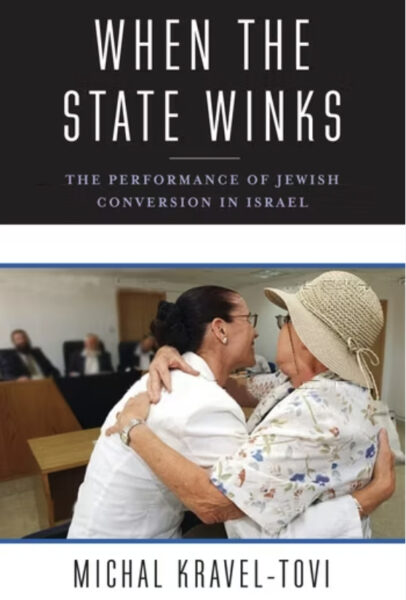
This sense of deep hypocrisy, hopeless entanglement in dogma, and interpretive gymnastics to resolve the resulting intractable problem, permeates Michal Kravel-Tovi’s book When the State Winks[7] in the same suffocating way. Tovi opens the book by presenting the halakhic challenge: Orthodox conversion erects thresholds and barriers aplenty in the path of people seeking conversion to Judaism, which can feel mandatory to non-Jewish women who seek to marry Jewish men. Converting through alternative denominations (Reform, Conservative, Renewal) may feel more meaningful and less oppressive to non-Orthodox women.[8] But therein lies the rub: the State of Israel only recognizes as Jewish those born to a Jewish mother or converted through Orthodox Rabbinical channels. The Rabbinate must, therefore, exert its authority on women who are not religiously observant, often new immigrants removed from the Israeli experience and thus not accustomed to the commingling of church and state, who need their seal of approval so that they can marry Jewish men. Ironically, as Tovi explains, many such women are immigrants from the former Soviet Union, and while they are viewed as non-Jews by the Israeli state apparatus, they do self-identify as Jewish—partly due to the Soviet Government’s patrilineal systems of recognition,[9] and partly through their secular integration into Israeli society.[10] Piling difficulties in their path also stands in the way of preserving a Jewish demographic majority—perceived as an essential condition for Zionist prevalence—[11] which creates surprising collaborations between the Ministry of Religious Services and nonreligious bodies such as the Prime Minister’s Office, the Jewish Agency, the Ministry of Immigration and Absorption, and the Israeli army.[12]
Tovi recounts how these conflicting goals—striving for halakhic purity and maintaining a Jewish majority—played out in a religious scandal involving a woman who had undergone conversion by Rabbi Chaim Druckman. Thirteen years later,
[a]fter filing for divorce at the regional rabbinical court (staffed by Ultra-Orthodox rabbis), her conversion was annulled retroactively by one of the rabbinic judges on the panel. The rabbinic judge, who had interrogated the woman about her religious observance, ruled that her level of observance was inadequate and that her conversion was therefore invalid, By implication, the ruling invalidated both her marriage and her children’s Jewish identities. . . [on appeal, the Great Rabbinical Court] not only upheld the lower court’s ruling but also appended another general ruling that sweepingly undermined Rabbi Druckman’s halakhic authority to convert.[13]
Tovi reviews the aftermath: Druckman, motivated by a desire to advance the Zionist agenda, had presided over thousands of conversions. The scandal pitted him and his counterparts against the ultra-Orthodox rabbis who dominated the rabbinical courts. The conflict deepened two years later, when these rabbinical courts looked askance at conversion by military rabbis: “The latter spoke of national and moral responsibility, while the former chastised the army’s winking conversation.”[14]
Steeped in this dilemma, rabbinical courts look for ways to facilitate conversions that will conform to halakhic rulings while, at the same time, accomplishing the demographic objective. Tovi’s ethnography follows women who immigrated from the former Soviet Union from their journey to a conversion Ulpan—whose endorsement of the prospective convert “carries a lot of weight”[15]—through the rabbinical courts, to the mikvah. Akin to Mattir Agunot and Maimonides, the whole journey might feel coercive and oppressive—which, let’s face it, it is, given the need to satisfy the religious requirements to get the required credential—but the converts must show to the court that they are sincere, as free will is one of the conditions for a halakhically proper converstion. Tovi examines how the women are tutored in the legible performance of sincerity: they are warned against lying, even as their teachers admit that the “don’t have x-rays for examining souls.”[16] She recounts an especially excruciating dialogue between Kati, a prospective convert, and Rabbi David, who questions her motivation in converting, accusing her of seeking Judaism solely because of her boyfriend:
Rabbi David: Who changed your fate?
Kati: I did, but through him.
Rabbi David: Should everyone convert?
Kati: Everyone should make their own decision.
Rabbi David: What, anyone who was badly off and now is better off should convert?
Kati: We weren’t badly off there. We came to be in Israel.
Rabbi David: Most olim don’t convert and aren’t religious.
Kati: I am. This reflects my decision to be at one with the Torah and the commandments.[17]
Rabbi David is suspicious of the sincerity of this performance because it is “too sweet. . . on the surface, everything is fine, but I felt something.”[18]
These performative contortions continued in the rabbinical courts. Tovi recounts incidents in which boyfriends, who felt themselves and their non-Jewish girlfriends obligated to participate in a religious charade, rebelled before the court, negotiating the extent to which they could present their genuine, secular life. In one memorable exchange, an Israeli boyfriend, Motti, is furious that his girlfriend’s application is rejected for lack of religiosity when he himself is not observant:
Motti: So I should have come here a liar? Come with a skullcap and say amen and promise to observe everything? How should I have felt about this? “Ah, I tricked you.” I would have turned out a liar but I don’t want to. I am a truthful man. I came from a religious home, but I chose to be a secular Jew.
Rabbi Blau: Everything you say is true. But I cannot help you. I want to help you, but can’t.
Motti: What do you want from me? Do you want me to come here with a mask?
Rabbi Blau: It is not a mask.
Motti: It is because I am not a religious person.[19]
The irony of Motti’s position is completely lost on him when, later, he comments: “I want Orly to immerse [in the ritual bath] before the baby is born.”[20]
Both When the State Winks and Mattir Agunoth center around the frustrating entanglement of hypocrisy and invention in Orthodox Judaism. In both cases, religious authorities, holding the reins to secular state bureaucracy, face a halakhic uphill battle in the quest to do what at least some of them might feel is fair: liberate long-suffering women from the extortion of the scoundrels they married and promote Jewish families and Jewish life through conversion. In both cases, the halakhic problem, when viewed from within its own confines, is intractable: they must follow halakhic gett and conversion proceedings. But these prescriptions are impossible to follow in the face of immoral extortionists and people who refuse to lie about keeping kosher and Shabbat when they don’t. And in both cases, complicated halakhic workarounds allow them to proceed with their eventual objectives while ostensibly staying within Jewish law: forcing men to sign the gett “out of their own free will” through trickery and violence, and forcing women to perform piousness they don’t actually feel in an accepted, legible manner.
As a secular Jew, my indignation about this system prompts me to view the solutions outside the halakhic box, but I know this is far less simple than it seems. Ostensibly, both of these problems would be solved if the state of Israel, formed with an identity both Jewish and democratic, took religious purity off the table for divorces and made them an entirely secular, no-fault proceeding, or granted equal rights to all its citizens regardless of their religious identity. The problem is that halakhic purity laws are so entrenched in Israeli society that even secular people like Motti find themselves attached to the idea of having their girlfriend immerse herself in the mikvah before giving birth, and even the secular women seeking Morad’s help in Mattir Agunoth feel a sense of revulsion and dread at the prospect of giving birth to a mamzer (bastard) because their divorce was not properly completed. The power of these religious taboos will not be swiftly undone through state action, and will require the courage of progressive, pragmatic rabbis to transform. Such courage is, sadly, in short supply in Israel’s current religious establishment. But works such as When the State Winks and Mattir Agunoth may help awaken in the secular public a sense that their personal integrity requires forging their own virtue ethics, unencumbered by centuries of misogyny.
[1] Mattir Agunoth (Television mini-series), Kan 11 (Yossi Madmoni, Tamar Kay, David Ofek, creators), 2019
[2] Isaac Shiloh, Marriage and Divorce in Israel. Israel Law Review , Volume 5 , Issue 4 , October 1970 , pp. 479 – 498.
[3] Sagiv, M. (2017). The State and New Religious Movements. In: Feraro, S., Lewis, J. (eds) Contemporary Alternative Spiritualities in Israel. Palgrave Studies in New Religions and Alternative Spiritualities. Palgrave Macmillan, New York.
[4] Riskin, Shlomo. “Hafka’at Kiddushin: Towards Solving the Aguna Problem in Our Time.” Tradition: A Journal of Orthodox Jewish Thought, vol. 36, no. 4, 2002, pp. 1–36.
[5] Sherry Makover-Blikov, “Every man has a key. And if you can’t get the key, you must break the lock.” Yedioth Acharonoth, Nov. 12, 2019.
[6] Mishne Torah LaRambam, Hilkhot Gerushin 2, 20 (trans. Sefaria.org).
[7] Michal Kravel-Tovi, When the State Winks: The Performance of Jewish Conversion in Israel, New York: Columbia University Press, 2017
[8] Chaim Waxman, “Multiculturalism, Conversion, and the Future of Israel as a Modern State,” Israel Studies Review 28(1) 1-21 (2013).
[9] Tovi, 59.
[10] Asher Cohen & Bernard Susser, sher Cohen & Bernard Susser (2009) Jews and Others: Non-Jewish Jews in Israel, Israel Affairs, 15:1, 52-65.
[11] Michal Kravel-Tovi (2012) ‘National mission’: biopolitics, non-Jewish immigration and Jewish conversion policy in contemporary Israel, Ethnic and Racial Studies, 35:4, 737-756
[12] Tovi, 65.
[13] Tovi, 122.
[14] Tovi, 123.
[15] Tovi, 143.
[16] Tovi, 153.
[17] Tovi, 156.
[18] Tovi, 157.
[19] Tovi, 189-190.
[20] Ibid.


